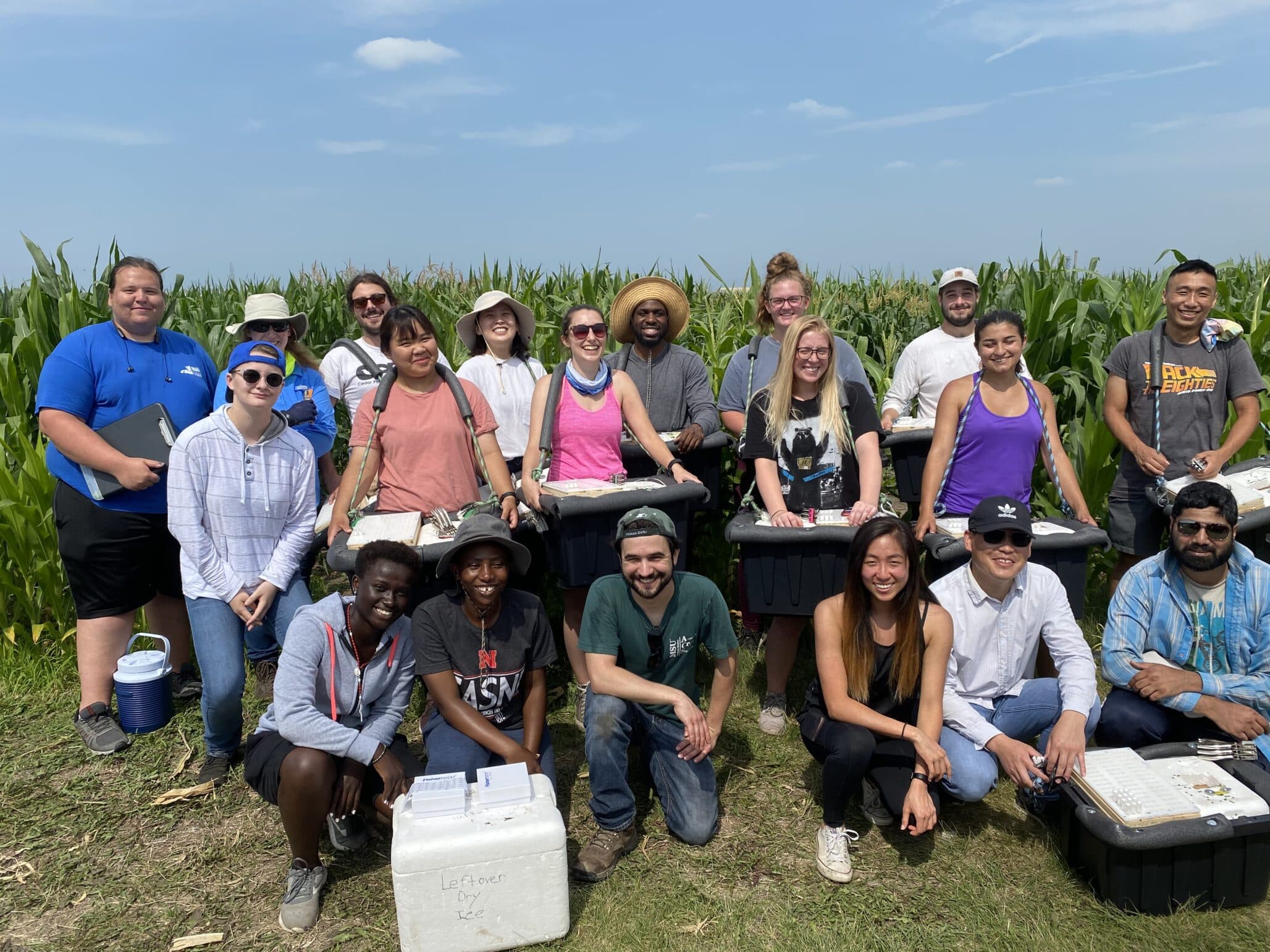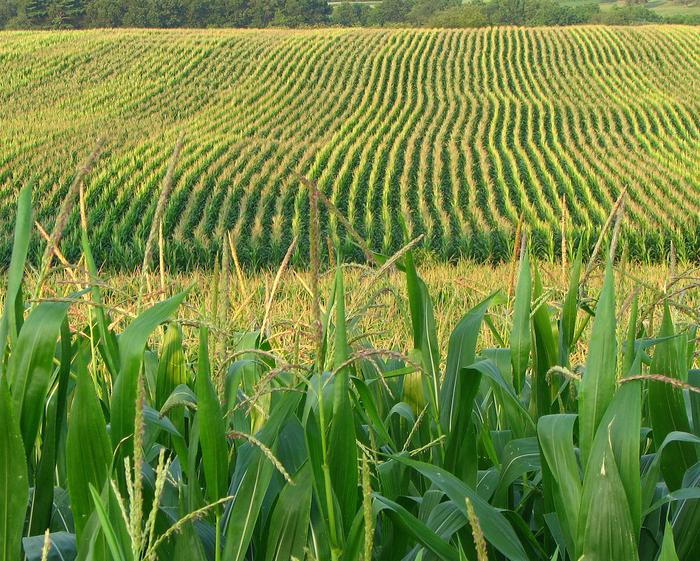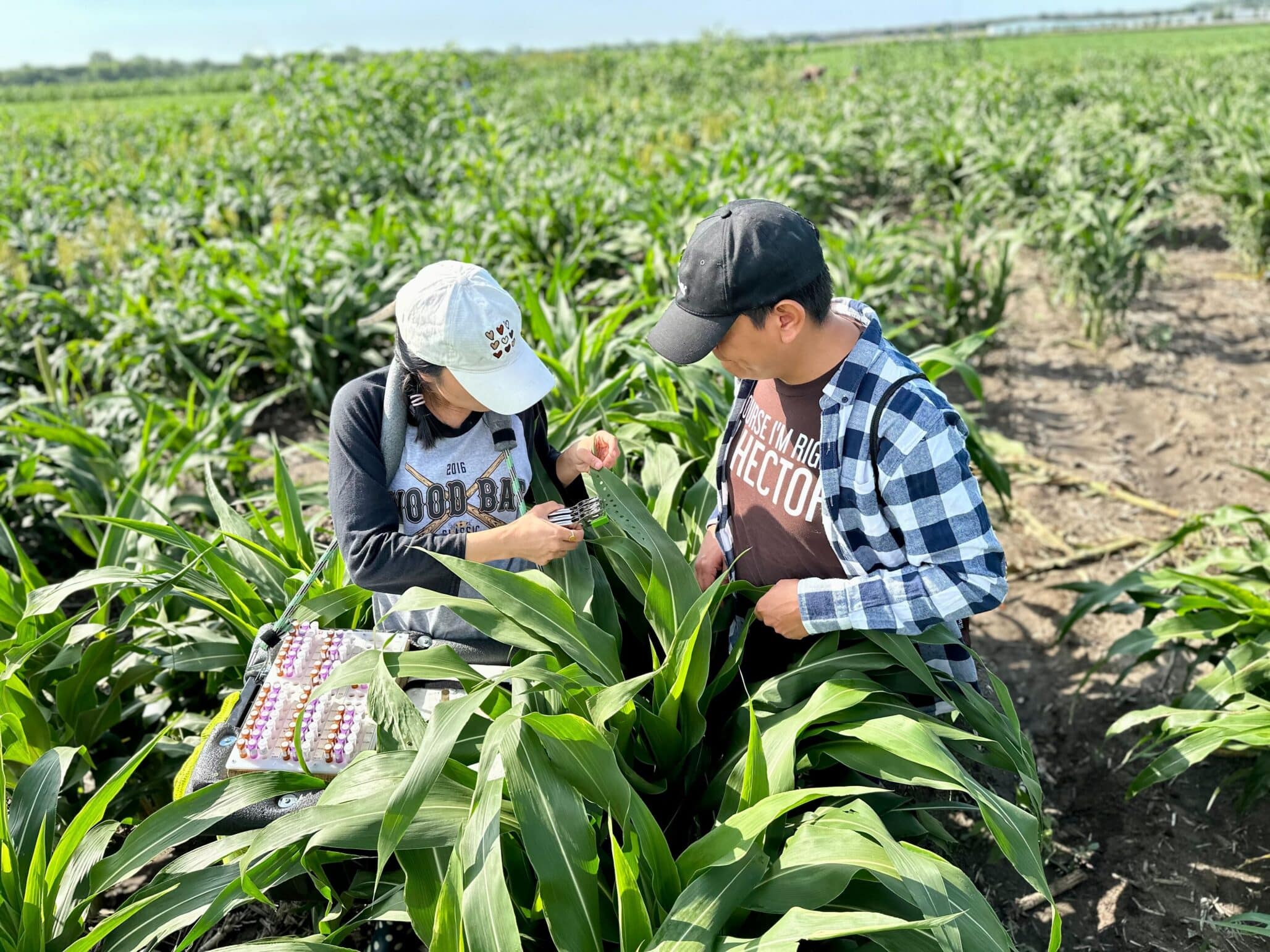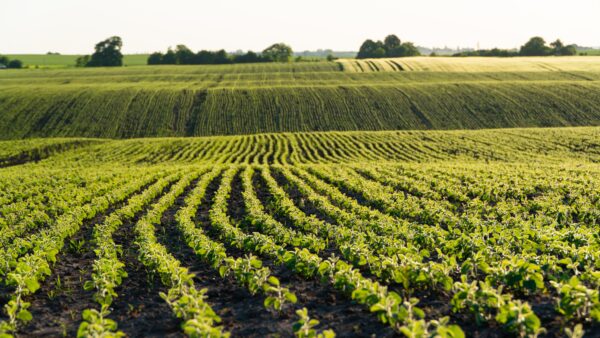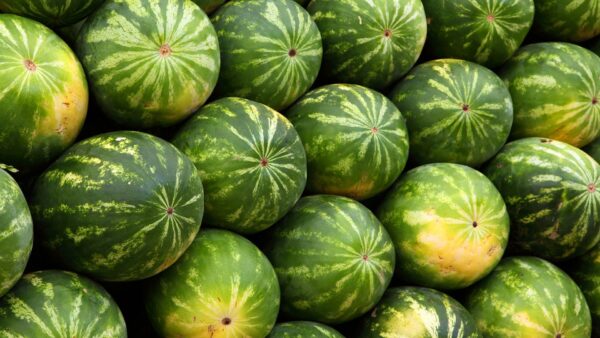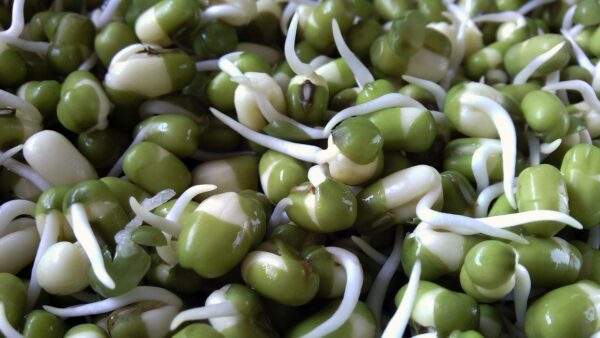Predicting the Future
One of the team’s key findings was the correlation between when the plant starts grain filling and the amount of plant leaf surface. Under current conditions, the successful strategy is for a corn plant to start the grain filling process early to allow for a longer filling season. Swan says the tradeoff is that leaf production ceases early as the plant begins to move nutrients and energy to seed production.
When growers implement that same strategy in a warmer climate, there was a reduction in the benefits of starting grain fill early with less leaf production.
“We saw that varieties that had larger leaf areas started their grain filling a little bit later could still have a long grain filling seasons resulting in larger yield,” she says.
Despite this, the findings predicted that in the warmer climates, yield for all known corn varieties decreases. The research determined that corn plants with successful strategies include growing larger leaves and thicker canopies.
Swann says a warmer climate will accelerate plant growth, forcing it through the different growth stages faster. Which, despite having a longer available growing season, shortens the time the plant is filling grain.
Because warmer climates offer longer growing seasons, she said successful corn strategies will be ones designed for plants to spend more time in each of the growth stages, both leaf production and grain filling. The positive tradeoff is that more leaf production results in more photosynthesis within the plant and more energy production that the plant can use during the grain filling stage.
A larger and thicker canopy will also help retain soil moisture.
“We did assume a reduction in rainfall that is approximately what is expected,” she says. “Although rainfall changes are much less certain than expectations for changes in temperature.”
Simulating Corn’s Future
As the research continues, Swann said the team can vary future simulations to account for more or less rainfall. They will explore how moisture sensitivity will factor into successful strategies. Swann describes her research as a “hypothesis building activity.” She is leading the team to develop potential corn trait combinations or strategies that the models indicate will perform well in 10-15 years. The next step is to develop corn plants using these strategies and grow them in controlled conditions.
“Some groups have already selected and modified particular traits that they think would be helpful in a changing climate and grown the modified plants under controlled conditions,” Swann says. “I see our research as the step to take before that to hypothesize what traits you would try to modify.”


